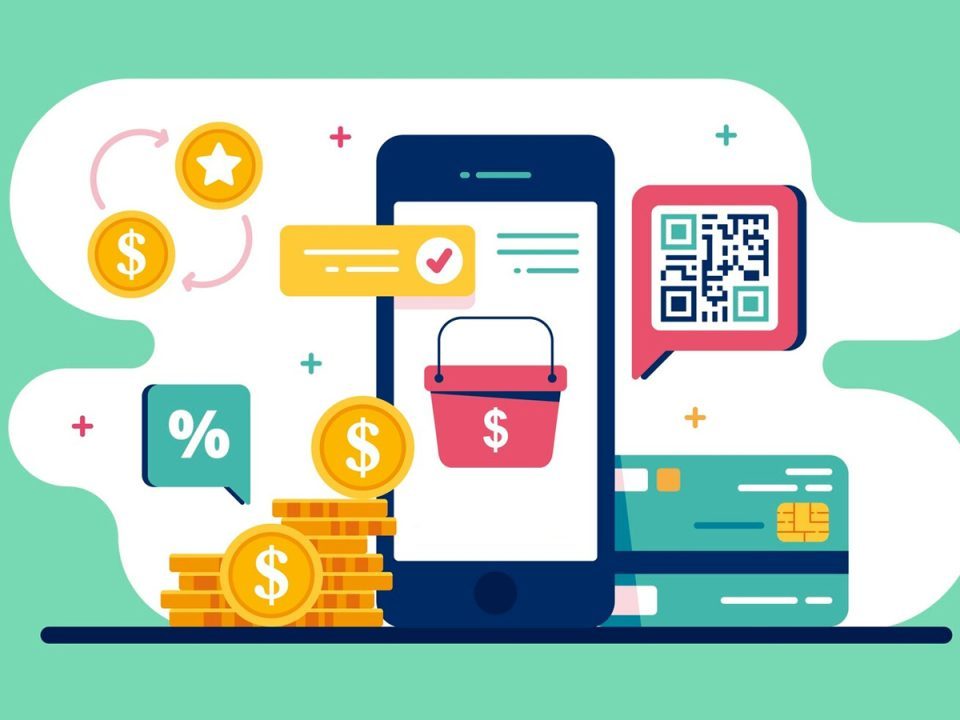Peer-to-peer (P2P) transfers have revolutionized how individuals send money globally, enabling faster and more convenient cross-border transactions. Yet, these transfers face significant challenges, including currency conversion complexities, varying regulatory requirements, and fraud risks. The integration of artificial intelligence (AI) into cross-border P2P transfers is transforming this landscape, offering innovative solutions to navigate these hurdles. By leveraging AI, financial platforms can enhance efficiency, ensure compliance, and provide seamless user experiences while tackling the intricacies of global monetary systems.
The Evolution of P2P Transfers in a Globalized World
Traditional money transfer methods were often slow, expensive, and encumbered by bureaucratic processes. However, digital P2P platforms have disrupted this model, providing direct user-to-user transactions without intermediaries. These platforms are especially crucial in cross-border scenarios, where users demand speed, transparency, and affordability.
Despite these advancements, cross-border P2P transfers remain fraught with challenges:
- Currency Exchange: Fluctuating exchange rates, hidden fees, and conversion inefficiencies complicate transactions across different currencies.
- Regulatory Compliance: Cross-border transfers must adhere to the diverse and evolving regulations of multiple countries, including anti-money laundering (AML) and know-your-customer (KYC) requirements.
- Fraud and Security: The global nature of these transfers exposes platforms to increased risks of fraud and cybercrime.
AI is emerging as a critical enabler to address these challenges, reshaping the way cross-border P2P transfers operate.
Leveraging AI in Currency Management
Currency exchange is a fundamental aspect of cross-border P2P transfers. However, achieving efficient and transparent conversions is no small task. AI is crucial in enhancing and streamlining this process.
- Dynamic Currency Conversion: AI models can predict exchange rate fluctuations in real time, enabling users to access the best possible rates during a transaction. This predictive capability minimizes conversion losses and enhances transparency.
- Fee Optimization: Many P2P platforms charge fees for currency conversion. AI can analyze transaction patterns to determine optimal fee structures that balance profitability and customer satisfaction.
- Multi-Currency Wallets: AI-enabled platforms can manage multi-currency wallets, allowing users to hold and transfer funds in different currencies without repeatedly incurring conversion fees.
For example, machine learning algorithms can analyze global financial trends and automatically recommend the most cost-effective times for currency exchanges, offering significant savings for users.
Ensuring Regulatory Compliance with AI
Compliance with international and local regulations is one of the most challenging aspects of cross-border P2P transfers. Failure to adhere to AML, KYC, and other financial regulations can lead to severe penalties for platforms and erosion of user trust. AI-driven tools offer robust solutions to navigate these complexities.
- Automated KYC Verification: AI streamlines the verification process by extracting and analyzing data from user-submitted documents, such as passports or driver’s licenses. Natural language processing (NLP) and computer vision ensure high accuracy in identifying fraudulent documents.
- Real-Time AML Monitoring: AI-powered systems can analyze transaction data in real time, flagging suspicious activities that may indicate money laundering. These systems use advanced pattern recognition to detect anomalies, even across vast datasets.
- Adaptive Compliance Frameworks: Regulations vary across jurisdictions and are subject to change. AI systems can dynamically update compliance protocols, ensuring that platforms remain aligned with local laws without manual intervention.
AI’s ability to process vast amounts of regulatory data and adapt to evolving requirements allows P2P platforms to operate efficiently while maintaining strict adherence to global standards.
Fighting Fraud with AI
Cross-border P2P transfers are inherently vulnerable to fraud, given the scale and anonymity of digital transactions. AI enhances security by enabling platforms to detect and mitigate fraudulent activities proactively.
- Anomaly Detection: AI algorithms can monitor user behavior and transaction patterns to identify deviations that may indicate fraud. For instance, if a user suddenly initiates high-value transactions from a new location, the system can flag the activity for review.
- Behavioral Biometrics: AI-powered biometric systems analyze how users interact with the platform—such as typing speed, swipe patterns, or device usage—to authenticate their identities.
- Fraud Prevention Models: Machine learning models are trained on historical fraud data to predict and block fraudulent activities before they occur.
By integrating these capabilities, platforms can significantly reduce fraud-related losses while providing users with secure and trustworthy services.
Enhancing User Experience
AI also plays a crucial role in enhancing the user experience in cross-border P2P transfers. Personalized recommendations, conversational AI agents, and predictive analytics enable platforms to offer intuitive and user-friendly services.
- Personalized Currency Alerts: AI can send users notifications about favorable exchange rates based on their transaction history and preferences.
- Conversational AI for Support: Chatbots powered by AI can provide instant support to users, answering queries related to compliance, fees, or transaction delays.
- Predictive Transaction Times: AI can estimate transaction completion times based on network conditions and historical data, keeping users informed and reducing uncertainty.
The Road Ahead for AI-Driven P2P Transfers
As the adoption of AI in P2P transfers grows, the industry is poised for significant transformation. Emerging technologies like blockchain and decentralized finance (DeFi) could further enhance the efficiency of AI-driven cross-border transactions, offering decentralized compliance mechanisms and reduced reliance on traditional currency exchange systems.
AI is revolutionizing cross-border P2P transfers by addressing currency conversion inefficiencies, streamlining compliance, and mitigating fraud risks. Through intelligent systems, P2P platforms can deliver faster, safer, and more cost-effective solutions, empowering users to navigate the complexities of global financial ecosystems.
Read More : A new approach to terminating trade-based financial crime
[To share your insights with us, please write to psen@itechseries.com ]
